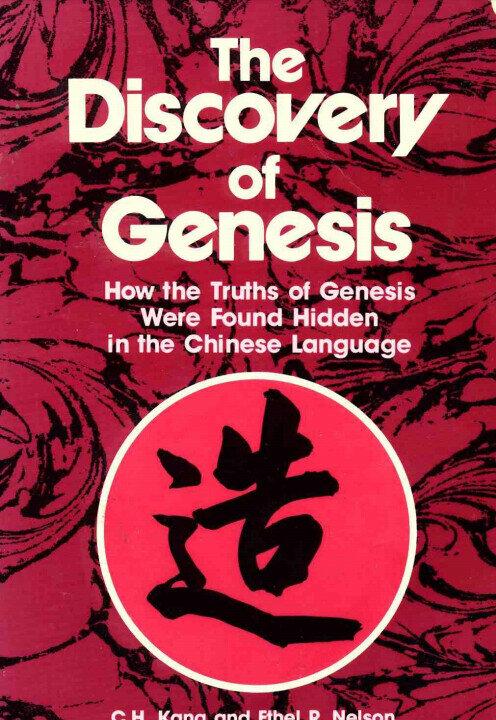Anyone with a mild interest in both the Bible and the Chinese language and characters might want to check out C. H. Kang and Ethel R. Nelson’s “The Discovery of Genesis.” This curious but thought-provoking book attempts to explain the possible relationship between the two.
“The Discovery of Genesis” blends the origins and structure of Chinese characters with the story of the Bible, or at least the story of the Bible from the beginning up until the time the Tower of Babel was constructed.




